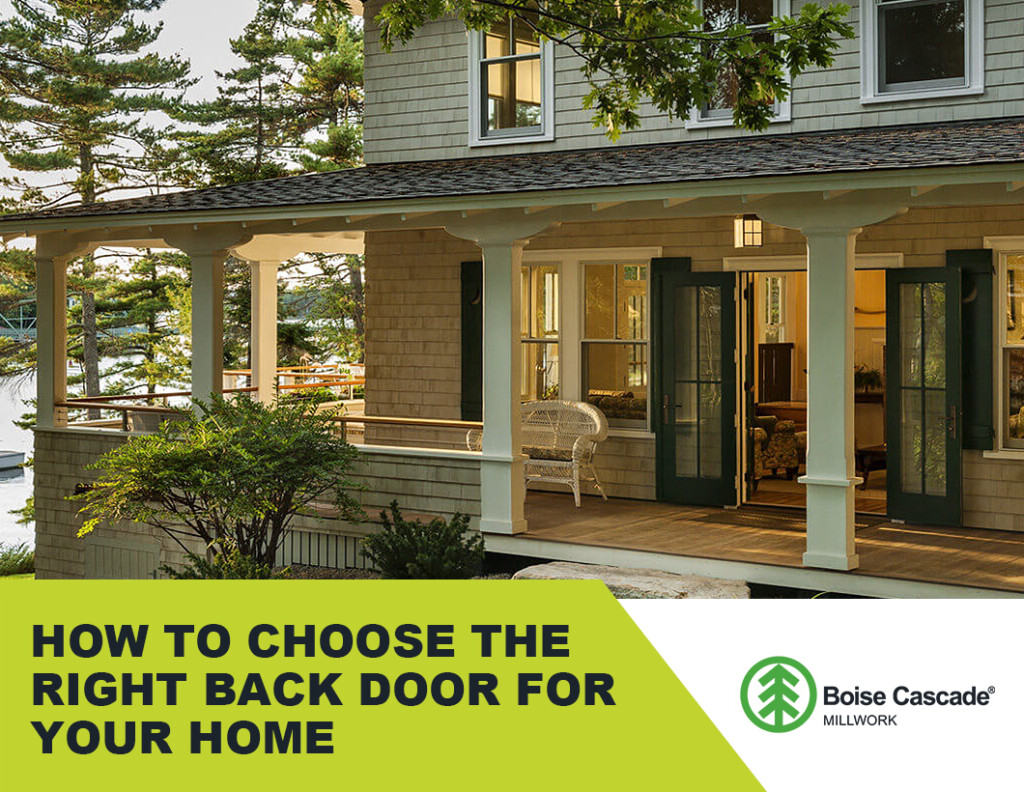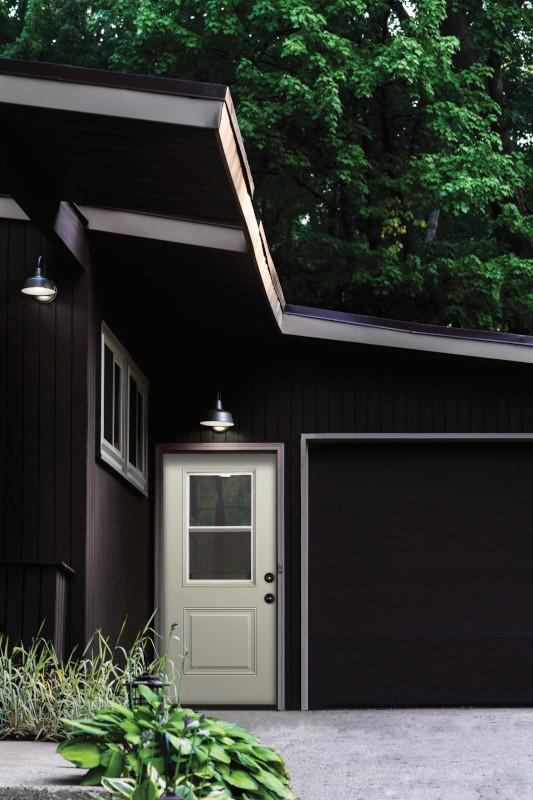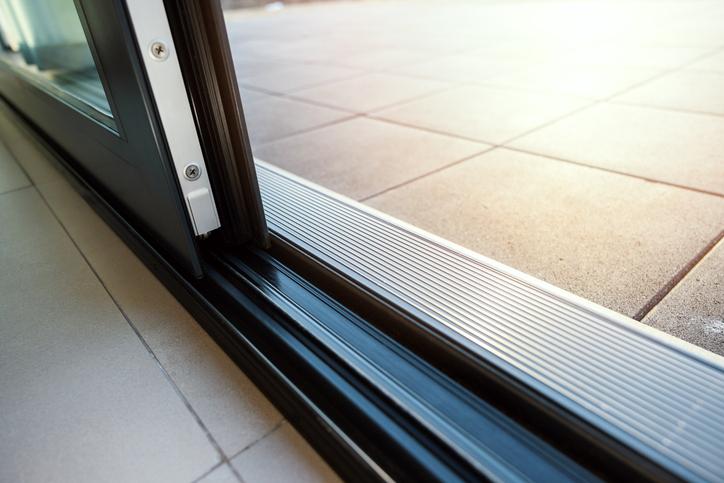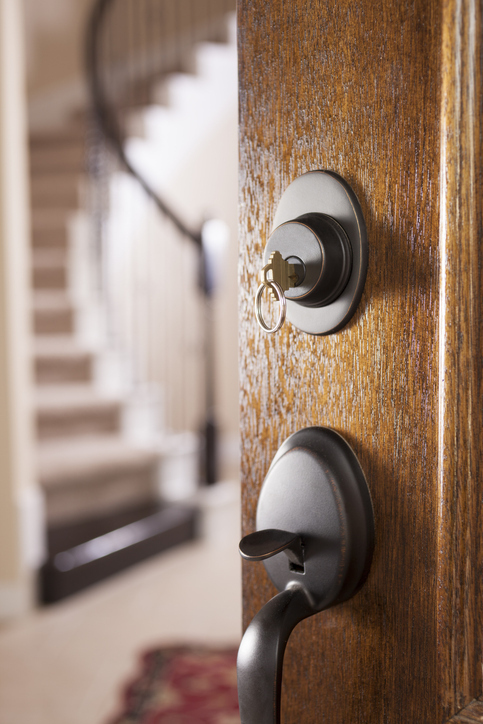Menu


Your back door is more than just an entry or exit point—it’s an essential part of your home’s security, energy efficiency, and overall design. The right back door can enhance your home’s aesthetic, offer peace of mind through improved safety, and even add to its long-term value. But with so many options available, finding the perfect back door may feel overwhelming.
This guide will walk you through what to consider when selecting a secure back door, give you simple DIY tips for installation and enhancement, and provide actionable home security tips to protect every entry point of your space.
Think of your back door as the silent guardian of your home. While front doors may receive all the attention for curb appeal, back doors are equally critical in keeping your household safe—and often more vulnerable to intrusions.
A great back door does more than just lock—it protects against the elements, keeps intruders out, and enhances the overall look of your home. Choosing the right door isn’t just a purchase; it’s an investment in your family’s security, comfort, and style.
When it comes to back door selection, certain features are non-negotiable. Here’s what you should focus on to ensure your door fits your home’s needs flawlessly.

The material of your back door dictates both its longevity and ability to keep intruders at bay.
Choose materials that align with your location’s climate, your budget, and your long-term vision for durability and style.
Each door material—fiberglass, wood, and steel—performs differently depending on the climate. Here’s how they compare:
Fiberglass Doors
Best for: All Climates (Hot, Cold, Humid, Dry, Coastal)
Fiberglass doors are highly resistant to temperature changes, making them ideal for extreme heat, cold, or high humidity. They do not expand, contract, warp, or rust, making them a great choice for coastal areas, humid regions, or places with fluctuating temperatures. Fiberglass also doesn’t dent or ding, offering long-lasting durability with minimal maintenance. Their energy efficiency helps keep homes insulated in both hot and cold climates.
Wood Doors
Best for: Moderate Climates (Mild Temperatures, Low to Medium Humidity)
Wood doors are beautiful and offer natural insulation, but they require regular maintenance to prevent warping, swelling, or cracking in extreme heat, humidity, or dry conditions. In coastal or humid climates, they may absorb moisture and swell unless properly sealed.
Steel Doors
Best for: Cold and Moderate Climates (Low Humidity, Low Moisture)
Steel doors provide excellent security and insulation, making them suitable for colder climates where energy efficiency is important. However, in humid or coastal environments, they can be prone to rust and corrosion unless properly treated. In extremely hot climates, steel doors can absorb heat, making them warm to the touch.
Final Recommendations:

Your door is only as strong as its lock. Modern locking mechanisms offer superior protection against advanced break-in attempts.

Your back door doesn’t have to compromise on style. Whether you prefer classic paneled doors or sleek modern designs, ensure the aesthetic matches both the exterior and interior of your home.
Consider adding glass panels or built-in blinds to your door for a modern touch. Just ensure that any glass is tempered and impact resistant.
A door that can’t hold its own against the elements won’t stay secure for long. Insulated doors that resist rain, snow, and UV exposure are non-negotiable if you want them to last.
Look for doors with weather stripping and an energy-efficient core to reduce drafts and keep your energy bills low.
Your back door is more than a simple entryway—it’s an essential part of your home’s security and aesthetic appeal. By combining durability, advanced locking systems, and thoughtful design, you can elevate both the safety and style of your space. However, selecting the right door is just the beginning. Routine maintenance and timely upgrades are crucial to keeping your home secure and beautiful for years to come.
Back doors are common access points for intruders and can be more vulnerable than front doors. A well-constructed, secure back door plays a critical role in protecting the home while also offering durability and weather resistance.
Fiberglass: Suitable for all climates. It resists warping, rust, and extreme temperatures, making it ideal for coastal, humid, hot, or cold environments.
Wood: Offers a classic aesthetic and natural insulation but performs best in mild climates with regular maintenance.
Steel: Strong and energy-efficient in cold or dry climates but may require special coatings in humid or coastal areas to prevent corrosion.
Multi-point locking systems and smart lock technologies significantly enhance security. Combining these with high-quality deadbolts helps protect against forced entry and offers added peace of mind.
Energy efficiency is driven by features such as insulated cores, tight weather stripping, and durable construction materials. These components help reduce drafts, maintain indoor comfort, and lower heating and cooling costs.
Yes. Modern back doors are available in a variety of finishes, panel designs, and configurations—including options with tempered or laminated glass, internal blinds, and customizable colors—delivering both security and curb appeal.
